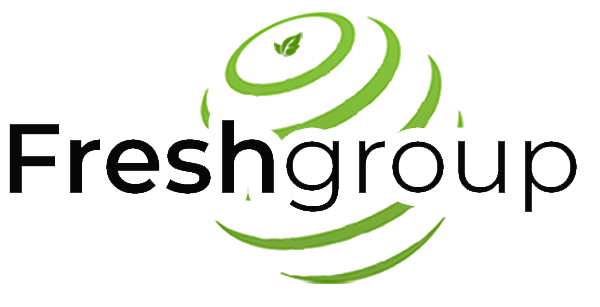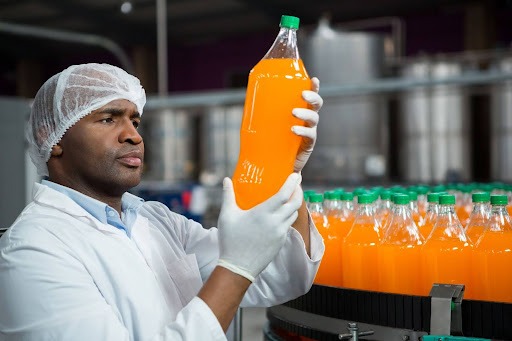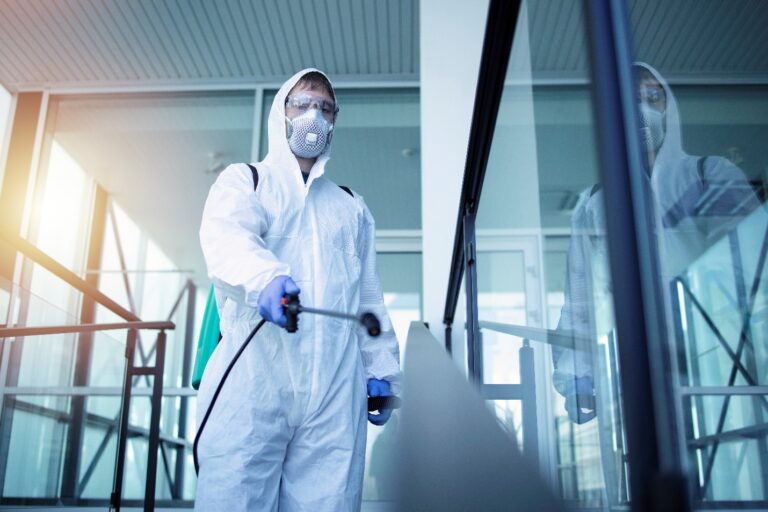As a food handler or processor who has implemented several measures to ensure hygiene, sanitation, and food quality and safety plans within your facility, the most reliable method to confirm the effectiveness of your food safety management system and its compliance with established food safety standards and regulations is by conducting food safety audits. Food safety audits offer an immediate evaluation of your operation’s current state and the effectiveness of your quality management system. Food safety audits are vital for protecting public health, ensuring legal compliance, and maintaining a positive reputation in the food industry. They help prevent recalls, meet consumer expectations, facilitate global trade, and manage risks effectively. Regular audits encourage continuous improvement in food safety practices and contribute to a safer and more trustworthy food supply.
What is a Food Safety Audit?
According to Law insider, a food safety audit is the methodical examination and review of records, food sources, food handling procedures, and facility cleaning and sanitation practices for compliance with regulations, accompanied by a report of findings. Food safety audit includes checking or testing, or both, of observable practices and procedures to determine compliance with standard. In this article, we will discuss the types of audits, components of food safety audits, and common standards and regulations that you should be aware of in the food industry.
The prerequisites for ensuring food safety typically involve fundamental factors that need to be put in place to maintain a safe and hygienic food handling environment such as:
- Proper personal hygiene for all individuals handling food;
- Regular cleaning and sanitation of equipment, utensils, and food preparation areas to prevent contamination and the growth of harmful bacteria;
- Use of safe and clean water for food preparation and ensuring the quality and safety of ingredients used in food production;
- Storage of food at appropriate temperatures to prevent spoilage and growth of pathogens; and
- Safe handling practices to avoid cross-contamination.
These prerequisites, coupled with food safety programs like Hazard Analysis Critical Control Point (HACCP), Good Manufacturing Practices (GMP), ISO 22000:2018, and Global Food Safety Initiative (GFSI) Standards, etc make up your facility food defense plan; and are the things that an auditor will be on the lookout for when auditing your facility food safety plan. Let’s dive right into the types of food safety audits.
Types of Food Safety Audits
Based on the relationship between an auditor and the company, we can categorize food safety audits into internal and external food safety audits. In both cases, food safety audits aim to assess and ensure compliance with established food safety standards. While this article is limited to discussing only internal and external food safety audits, it is worth noting that based on the focus of the audit, we also have compliance audits, programs and process audits, and management system audits.
- Internal Audits: Also referred to as in-house audits, this is your side step towards getting audit ready. In an internal food safety audit program, trained internal auditors, usually members of the organization, regularly assess the facility’s adherence to their food safety protocols. This proactive approach aids in the ongoing improvement of internal systems, fostering a culture of compliance, and enhancing operational efficiencies. By conducting thorough internal food safety audits and addressing any non-compliance, your organization can significantly minimize the instances of violations uncovered by surprise visits from external auditors.
- External Audits: External food safety audits are assessments conducted by independent third-party auditors or external organizations, who have no affiliation with your facility. These audits aim to evaluate your facility’s food safety practices, assess compliance with established standards, and ensure adherence to regulatory requirements. The main goal of an external food safety audit is to provide an impartial assessment of your facility’s food safety management system, confirming its alignment with industry standards, legal mandates, and specific customer expectations. The audit’s scope covers a thorough evaluation of your facility’s food safety protocols, which includes an assessment of processes, procedures, documentation, facilities, personnel practices, and overall compliance with relevant laws and standards.
Components of food safety audits
The key components of a food safety audit encompass a comprehensive evaluation of various aspects of your organization’s operations to ensure compliance with food safety standards and regulations. Is your facility always audit-ready or do you follow a fire brigade approach? These essential components of food safety audits help you stay audit-ready 365:
- Documentation Review:
- Policies and Procedures: Evaluate written policies and procedures related to food safety to ensure they are comprehensive and up-to-date.
- Records and Logs: Review documentation of critical activities, such as temperature logs, cleaning schedules, and pest control records, for accuracy and completeness.
2. Hazard Analysis and Critical Control Points (HACCP) Assessment: Assess the implementation and effectiveness of the HACCP system in identifying, evaluating, and controlling food safety hazards at critical points during production.
3. Hygiene and Sanitation Practices:
- Personal Hygiene: Evaluate staff practices related to handwashing, personal protective equipment (PPE) usage, and overall personal hygiene.
- Sanitary Facilities: Inspect the cleanliness and adequacy of facilities, equipment, and utensils used in food handling and processing.
4. Operational Procedures and Processes: Review procedures for receiving, storage, handling, preparation, and transportation of food to ensure compliance with safety standards. Assess cooking, cooling, and reheating processes to verify they meet food safety requirements.
5. Traceability and Recall Procedures: Evaluate the system for traceability to ensure the organization can identify and trace products at various stages of production in case of a recall.
6. Allergen Management: Assess the procedures and practices put in-place to prevent cross-contamination of allergens and ensure accurate labeling of allergenic ingredients.
7. Supplier and Ingredient Controls: Examine procedures for evaluating and approving suppliers to verify the safety and quality of ingredients and materials used in production.
8. Temperature and Environmental Monitoring: Inspect temperature monitoring systems to ensure proper control and documentation of temperatures during storage, transportation, and processing.
9. Training and Education: Assess the training and education programs provided to employees to ensure they are well-informed about food safety practices and procedures.
10. Non-Conformance and Corrective Actions: Review records of non-conformities and corrective actions taken to address identified deficiencies and ensure timely and effective resolution.
11. Regulatory Compliance: Confirm compliance with local, national, and international food safety regulations and standards applicable to the organization’s operations.
12. Communication and Reporting: Evaluate communication processes within your organization regarding food safety issues, including reporting mechanisms and incident handling procedures.
13. Continuous Improvement: Determine if there is a structured approach for continuous improvement in food safety practices based on audit findings and performance monitoring.
Food Safety Standards and Regulations
Navigating food safety standards and regulations is complex due to their diverse, evolving, and interdisciplinary nature. These standards represent the minimum requirements for food producers and handlers to ensure safe and quality food for human consumption. The challenges stem from the varying and constantly updated standards, requiring a comprehensive understanding of international, regional, and local requirements. Compliance with food safety standards and regulations demands a risk-based approach, integration with quality systems, meticulous record-keeping, and resource investments. To navigate this complexity, many organizations employ dedicated professionals or seek assistance from consultants well-versed in food safety standards. Fresh Group was founded for this purpose; to help your organization navigate the complexities and stay in compliance with food safety standards and regulations. We have seasoned professionals who have years of experience in the food industry, are well-grounded in different food safety standards and regulations, and have in fact been a part of an audit team. Below is a list of some food safety standards and regulations you should be aware of:
- Codex Alimentarius: An international collection of food standards, guidelines, and codes of practice developed by FAO and WHO to ensure food safety and facilitate international trade.
- ISO 22000:2018: An international standard specifying requirements for a food safety management system to ensure safe food production and handling.
- Safe Quality Food (SQF): A globally recognized food safety and quality management system providing standards and certification to ensure food safety and quality.
- British Retail Consortium (BRC) Global Standards: Leading global safety and quality certification program, often required by retailers, to ensure food safety and quality.
- Hazard Analysis and Critical Control Points (HACCP): A systematic preventive approach to food safety that identifies, evaluates, and controls hazards in the food production process.
- FSSC 22000 (Food Safety System Certification): A certification scheme based on ISO standards, specifically targeting food safety management systems within the food industry.
- Food Safety Modernization Act (FSMA)(USA): U.S. legislation focusing on preventing food safety hazards, including regulations for food facilities and mandatory preventive controls.
- European Union (EU) Food Law: Comprehensive legislation covering all aspects of food safety and quality within the EU member states.
If you’re looking for an expert review of your facility’s food safety system and would like to partner with Fresh Group to receive tailored advice from one of our food safety and quality experts, you can contact us through our online form here.
FSQ Writer: Oluwatobi Eniyandunmo
Reviewed by: Raphael Samson
Kindly reach out to Fresh Group Food Safety And Quality Consulting for any food quality and safety inquiries.




